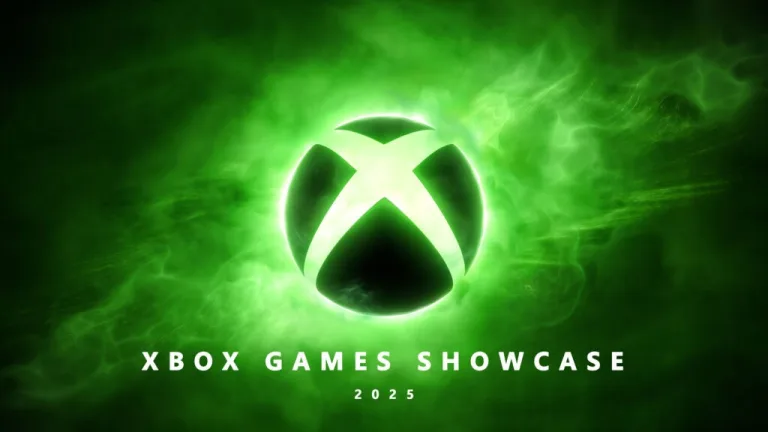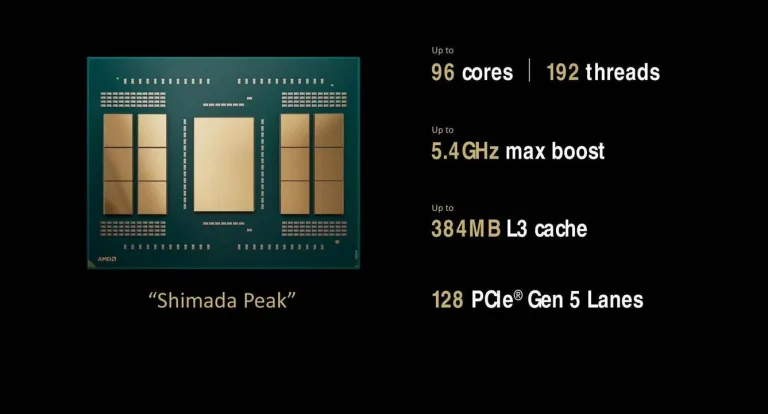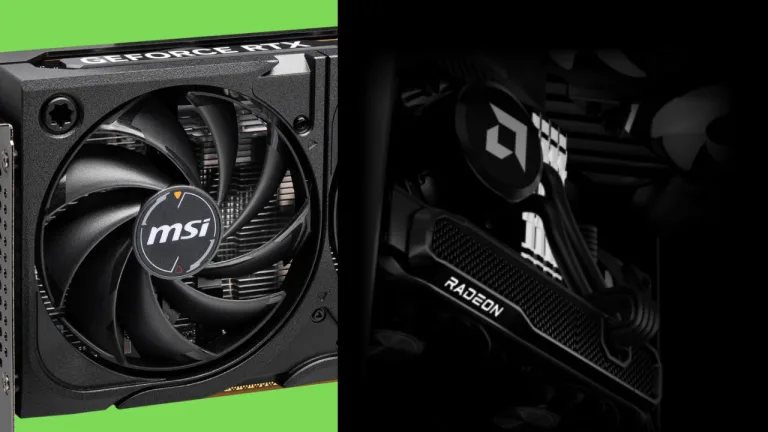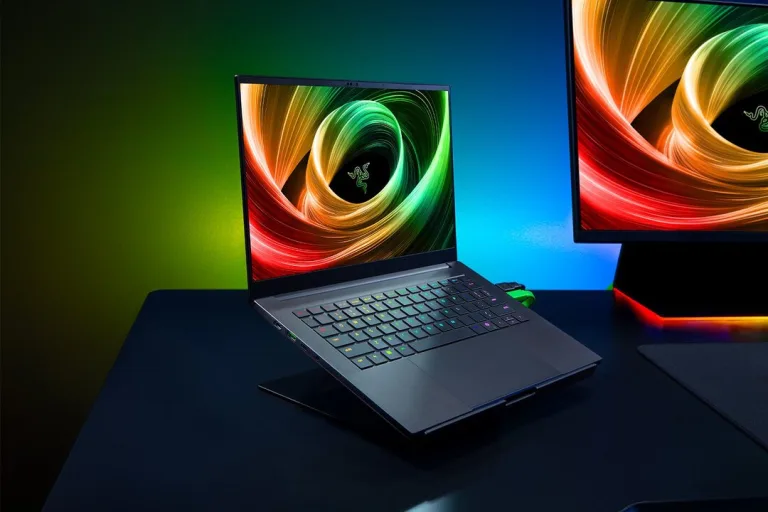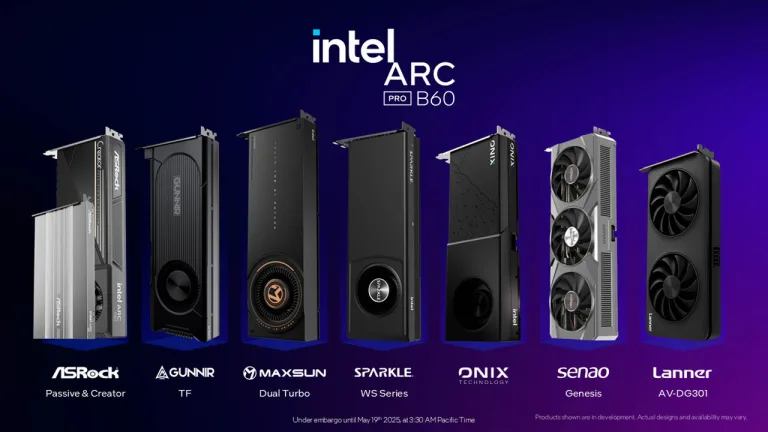Stellar Blade exploded onto the scene as a PlayStation 5 exclusive in April 2024, winning hearts with...
PC
The PC Gaming Showcase 2025 proved to be a pivotal moment in the world of PC gaming—a...
Gears of War: A Bold New Chapter Unveiled at Xbox Game Showcase 2025 The Xbox Games Showcase...
The Xbox Games Showcase 2025 was nothing short of a revolutionary experience—a spectacle that pulled back the...
AMD has officially unveiled its Ryzen Threadripper 9000 Series processors, codenamed “Shimada Peak”, bringing up to 96...
Computex 2025 has been a battleground for the latest mid-range graphics cards, with NVIDIA unveiling the RTX...
Gamers Nexus could be the first of many reviewers and content creators fed up with Nvidia’s behavior

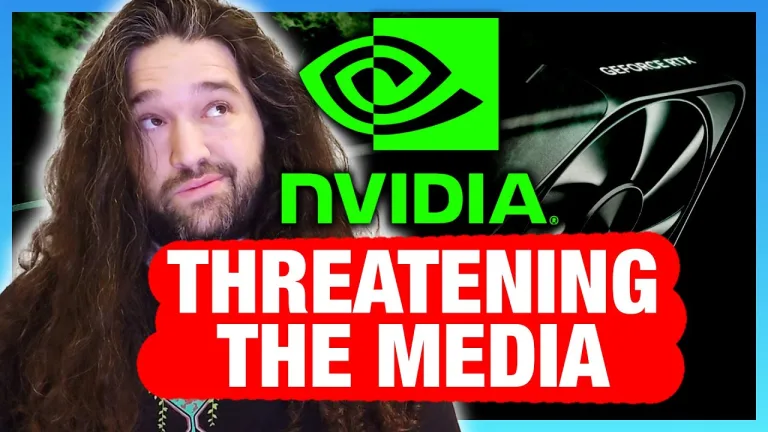
Gamers Nexus could be the first of many reviewers and content creators fed up with Nvidia’s behavior
In the ever-evolving world of tech journalism, transparency and integrity are paramount. However, recent allegations from Gamers...
Computex 2025 has brought a wave of exciting announcements, and among them, Razer has officially unveiled the...
Intel has unveiled its latest Arc Pro B-Series graphics cards at Computex 2025, introducing the Arc Pro...
For over two decades, Final Fantasy XI has stood as a testament to the enduring power of...





